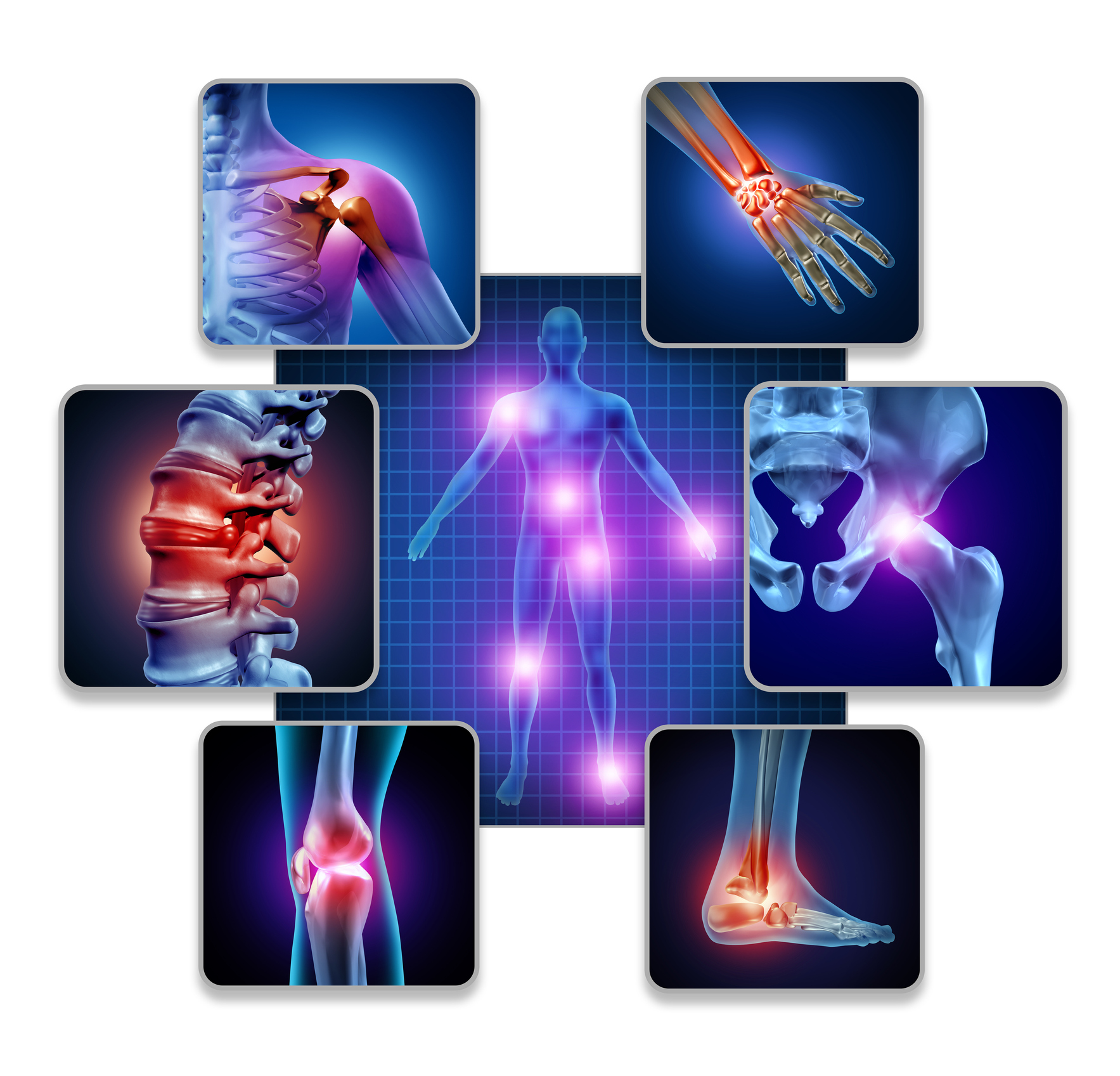The COVID-19 pandemic caused dramatic changes in daily routines and healthcare utilization and delivery patterns in the United States. Understanding the influence of these changes and associated public health interventions on asthma care is important to determine effects on patient outcomes and identify measures that will ensure optimal future healthcare delivery.
We sought to identify changes in pediatric asthma-related healthcare utilization, respiratory viral testing, and air pollution during the COVID-19 pandemic.
For the time period Jan 17-May 17, 2015-2020, asthma-related encounters and weekly summaries of respiratory viral testing data were extracted from Children’s Hospital of Philadelphia (CHOP) electronic health records, and pollution data for four criteria air pollutants were extracted from AirNow. Changes in encounter characteristics, viral testing patterns, and air pollution before and after Mar 17, 2020, the date public health interventions to limit viral transmission were enacted in Philadelphia, were assessed and compared to data from 2015-2019 as a historical reference.
After Mar 17, 2020, in-person asthma encounters decreased by 87% (outpatient) and 84% (emergency + inpatient). Video telemedicine, which was not previously available, became the most highly utilized asthma encounter modality (61% of all visits), and telephone encounters increased by 19%. Concurrently, asthma-related systemic steroid prescriptions and frequency of rhinovirus test positivity decreased, while air pollution levels did not substantially change, compared to historical trends.
The COVID-19 pandemic in Philadelphia was accompanied by changes in pediatric asthma healthcare delivery patterns, including reduced admissions and systemic steroid prescriptions. Reduced rhinovirus infections may have contributed to these patterns.
Copyright © 2020. Published by Elsevier Inc.
Pediatric Asthma Healthcare Utilization, Viral Testing, and Air Pollution Changes during the COVID-19 Pandemic.


